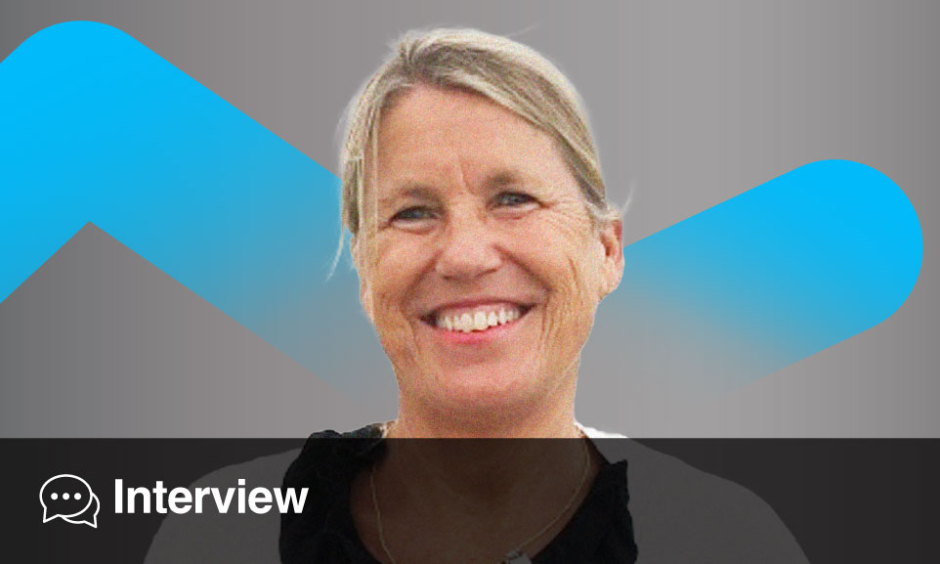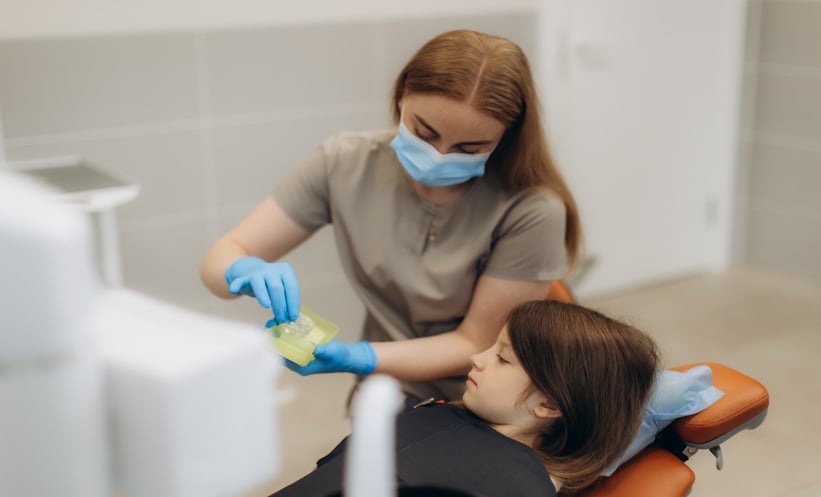Catherine Nelson-Piercy | Consultant Obstetric Physician, Guy’s and St. Thomas’ Hospitals Trust, London, UK
Citation: EMJ Repro Health. 2025;11[1]:55-58. https://doi.org/10.33590/emjreprohealth/UDLP7077
![]()
You’ve cared for women with a wide range of complex conditions during pregnancy. What drew you to obstetric medicine originally, and what continues to inspire you about the field?
I actually never wanted to be an obstetrician or gynaecologist. I always wanted to be a physician. I was training in diabetes and endocrinology and used to look after women with diabetes in pregnancy. That’s when I met my mentor, de Swit, Professor Emeritus of Obstetric Medicine at Imperial College London, UK. After seeing women with diabetes, he would go into another room and look after women with cardiac disease. And I thought, this is really interesting.
What draws me to the specialty is that you are a general physician. I look after all sorts of medical problems in pregnancy. It’s like being a generalist and a specialist at the same time. You get the breadth of general medicine and the depth of specialist pregnancy-related complications. It doesn’t matter what’s wrong with the patient, hopefully, you can help them.
You’ve worked extensively with hypertensive disorders of pregnancy. What do you think are the biggest misconceptions around managing hypertension in pregnant women?
Hypertension is becoming more common because our patients are older and more obese, so it’s now very prevalent. I think the biggest misconception is that people don’t realise how dangerous it can be. There is also a lack of awareness about the long-term health implications for the mother.
Another misconception is the idea of ‘mild’ versus ‘severe’ pre-eclampsia. It’s only mild until it becomes severe, and predicting who will deteriorate is very difficult. Personally, I believe most women with pre-eclampsia should be admitted to a hospital. That’s not what’s currently happening. They are often managed as outpatients, largely because we don’t have the resources, and women don’t want to stay in the hospital.
But women die of pre-eclampsia due to a range of rare crises that, when added together, are not that rare. Combined with the complications for the baby, I think the biggest misconception is that it’s not a fatal disease, when it absolutely can be.
Autoimmune diseases pose unique challenges during pregnancy. Which conditions do you see most often in your practice, and how has management evolved over time?
We see a lot of women with autoimmune conditions because they often affect women of childbearing age. In my own practice, I mostly see rheumatological conditions like lupus, rheumatoid arthritis, and antiphospholipid syndrome. But we also see inflammatory bowel disease, autoimmune skin conditions, and even neurological conditions like myasthenia gravis.
The real game changer during my career has been biologic drugs. They have transformed how we treat autoimmune diseases and many other conditions. We now know that many of these drugs are safe in pregnancy. That means women no longer have to stop their medication to become pregnant, which keeps their disease well-controlled and helps them have safer pregnancies. It is a total game changer.
You led the development of the Royal College of Obstetricians and Gynaecologists (RCOG) green-top guideline on reducing thromboembolism risk during pregnancy and the postpartum period. What prompted this work, and how has the guideline changed clinical practice?
I have been involved in several guidelines. As for the thromboembolism guideline, I led three iterations of that guideline. The work started because women were dying. Pulmonary embolism remains a leading cause of maternal mortality. Initially, the RCOG focused on thromboprophylaxis after Caesarean section, but they soon realised women were also dying after vaginal deliveries and during pregnancy, so the scope expanded.
The last version I led was published in 2016, but it is now very out of date. I am not leading the next version, so I won’t comment on that, but the 2016 guideline led to much more widespread use of thromboprophylaxis.
Some people ask why, despite all this heparin use, pulmonary embolism rates are still the same. My view is that, without the guideline, the death rate would be even higher. Women are older, more obese, and up to 40–50% now have Caesarean births. The UK has a more aggressive approach to thromboprophylaxis than the USA or Canada, which they think is a bit excessive. But it is hard to justify using less when embolism is now the leading cause of maternal death, having overtaken cardiac disease.
Yes, it is expensive. Yes, it is a treatment burden. And we are probably not always giving it to the right women at the right time. But I think we have prevented many deaths, and the guideline is used internationally.
Can you also tell us about the hyperemesis guideline?
This was the first version of the guideline on nausea, vomiting, and hyperemesis, published in 2024. It is so important, as about 3% of pregnant women are affected, and it can be completely incapacitating. Yet many do not get access to proper treatment. Their concerns are not validated, and some even terminate wanted pregnancies because they can’t get help.
Five percent of women terminate a wanted pregnancy due to hyperemesis, and 7% report suicidal ideation. It is all the more heartbreaking because this condition is treatable. My hope is that general practitioners, gynaecologists, early pregnancy units, and emergency departments will all follow the guideline and offer women the appropriate antiemetics. That could make a huge difference.
In your view, what are the biggest challenges clinicians face when managing high-risk pregnancies today?
The biggest issue is that high-risk pregnancies are not rare anymore; they are common, but it is not reflected in the training. High-risk pregnancy is not part of the curriculum for most midwives, so the workforce is not equipped for the sheer volume of complex cases.
Staffing is also a huge challenge. When I started, there were just two obstetric physicians in England. Now we have 36, but we need one in every maternity unit. Women with pre-existing medical conditions need access to specialist advice. Yes, we have maternal medicine networks, but they only cover England, not the devolved nations. Not every hospital has a physician who understands pregnancy. So, we need better staffing and much more training at all levels.
Is there anything in the field of hypertensive care in pregnancy, perhaps a trial, a new treatment, or a new approach, that you find particularly promising right now?
I am involved in the Giant PANDA study, a randomised controlled trial comparing nifedipine and labetalol. It has finished recruiting, but the results are not published yet. That will help us understand which treatment is more effective.
Beyond treatment, I think there now is a lot of interest in postnatal care. Women with pre-eclampsia and hypertensive disorders are at risk of later problems, like high blood pressure, stroke, kidney disease, and heart disease. We know this, but nothing is being done nationally. There is no funding for postnatal care.
We also need better pre-pregnancy counselling. Many women enter pregnancy with high blood pressure and don’t know the risks or how to optimise their health. The idea of “getting fit for pregnancy” is still quite new, but it is so important.
If you could change just one thing about how the healthcare system approaches high-risk pregnancies, what would it be and why?
That’s a really difficult question, and I don’t think there’s a single answer. But if you had asked me, “What’s the one skill I’d teach all clinicians that could reduce maternal mortality overnight?” I know exactly what I would say, I would teach every midwife and obstetrician how to diagnose pulmonary oedema. That alone would save lives by preventing deaths from cardiac disease.
But in terms of the broader healthcare system, I think what we need is better holistic care. In the real world, these pregnancies are shaped by social deprivation, mental health challenges, comorbidities, and vulnerability. One-size-fits-all care pathways do not work. We need a joined-up, woman-centred approach, delivered by midwives and clinicians trained in managing complexity and multimorbidity. Without that shift, we will not be able to change outcomes for the women who need us most.








